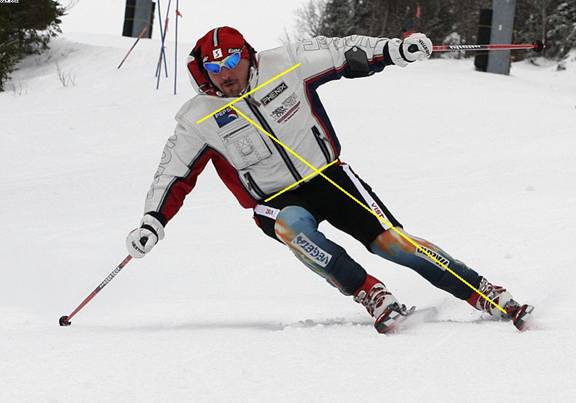- Joined
- Dec 2, 2015
- Posts
- 24,987
^ Which one, C?
Well I guess I consider moving the knees inside moving inside. Because it feels that way. Can we even incline the lower legs, move the knees without moving the pelvis in that direction? It's a small amount but it seems it moves.
Maybe that's why the inside foot/leg first. It helps unlock the pelvis. Don't know.
Next, if you move the body in first, it is likely that you will wind up with pressure directed to the inside foot with maximum pressure coming well into the finish of the turn. The knees need to lead the movement inside otherwise you wind up with not enough room to establish angulation.
Well I guess I consider moving the knees inside moving inside. Because it feels that way. Can we even incline the lower legs, move the knees without moving the pelvis in that direction? It's a small amount but it seems it moves.
Maybe that's why the inside foot/leg first. It helps unlock the pelvis. Don't know.

